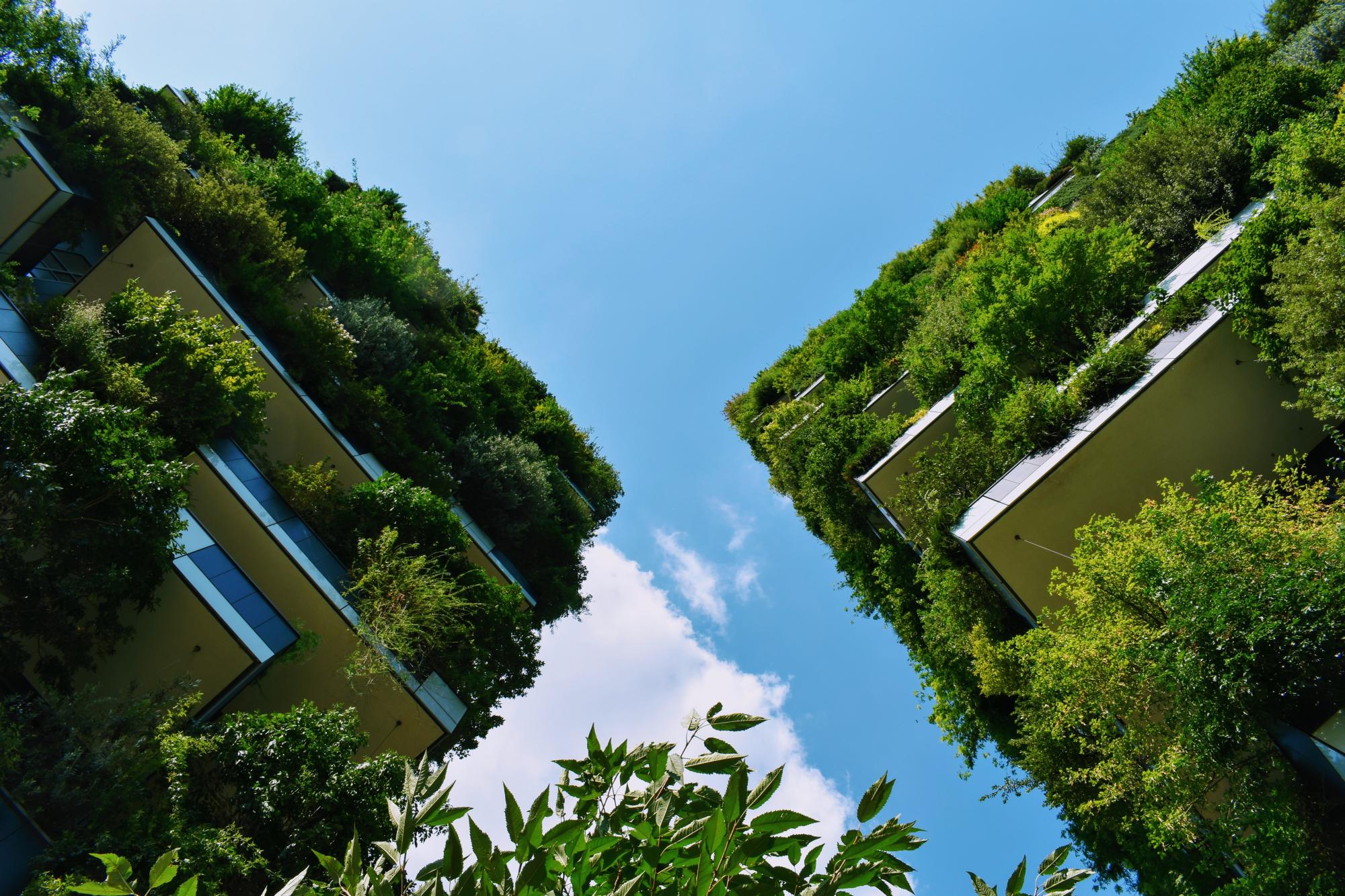To promote bee-keeping, the city created the Bee Trail - a circuit where visitors can discover Ljubljana's beekeeping heritage and the significance of bees for our survival. The Bee Trail was designed and opened in 2015 as one of the activities within the Green Capital of Europe 2016 project. It was originally conceived only as an actual route between individual locations related to beekeeping and bees in Ljubljana. Through the participatory principle of working with individual members, however, it has been shown that the path is much more than just a work program or project. It has become synonymous with all activities related to bees and beekeeping in Ljubljana. Since 2011, the Slovenian Beekeepers' Association has awarded municipalities the title of the most bee-friendly municipality. The City of Ljubljana has been awarded the most bee-friendly municipality - in 2017 and 2019. (1)
Overview
Nature-based solution
- Grey infrastructure featuring greens
- Other
- Parks and urban forests
- Other
Key challenges
- Green space, habitats and biodiversity (SDG 15)
- Habitat and biodiversity restoration
- Habitat and biodiversity conservation
- Green space creation and/or management
- Social justice, cohesion and equity (SDG 10)
- Environmental education
- Cultural heritage and cultural diversity
- Preservation of natural heritage
Focus
Project objectives
Implementation activities
Biodiversity conservation or restoration-focused activities
Biodiversity conservation:
- Protect and enhance urban habitats
- Preserve and strengthen existing habitats and ecosystems
- Create new habitats
- Preserve and strengthen habitat connectivity
- Protect species
- Undertake specific measures to protect species
- Undertake specific measures to protect native species
- Undertake specific measures to protect valued species
- Means for conservation governance
- Biodiversity offsets
- Manage biological resources for conservation and sustainable use
- Raise public awareness
- Public engagement
- Create and use scientific knowledge for conservation
- Protect and apply traditional knowledge and conservation practices
Biodiversity restoration:
- Restore species (native, endangered, or unspecified)
- Restore valued species
- Restore ecological connectivity
- Public engagement
Main beneficiaries
- Researchers/University
- Citizens or community groups
- Food producers and cultivators (i.e. farmers, gardeners)
- Young people and children
Governance
Management set-up
- Government-led
Type of initiating organisation
- Local government/municipality
Participatory approaches/ community involvement
- Dissemination of information and education
Details on the roles of the organisations involved in the project
Project implemented in response to ...
Financing
Total cost
Source(s) of funding
- Public local authority budget
Type of funding
- Direct funding (grants, subsidies, or self-financed projects by private entities)
Non-financial contribution
Impacts and Monitoring
Environmental impacts
- Green space and habitat
- Increased green space area
- Increase in protected green space areas
- Reduced biodiversity loss
- Increased protection of threatened species
- Enhanced support of pollination
- Increased ecological connectivity across regeneration sites and scales
Economic impacts
- Increase of green jobs (e.g. paid employment positions)
- Increase in agricultural production (for profit or not)
- Generation of income from NBS
Socio-cultural impacts
- Social justice and cohesion
- Increased involvement of locals in the management of green spaces
- Increased access to healthy/affordable food
- Increased sustainability of agriculture practices
- Education
- Increased support for education and scientific research
- Increased knowledge of locals about local nature
Type of reported impacts
Presence of formal monitoring system
Presence of indicators used in reporting
Presence of monitoring/ evaluation reports
Availability of a web-based monitoring tool
References
2. Ljubljana Municipality. (2016) "Čebelja Pot" available at Source link. accessed on 2nd November, 2020.
3. Sustain Europe. (2016) "Going Green" available at Source link. accessed on 2nd November, 2020.
4. Leadbeater, Chris. (2017) "The surprising nation that loves bees more than anywhere else in the world." available at Source link. accessed on 2nd November, 2020.
5. BTC. (2016) The buzz in town. available at Source link. accessed on 2nd November, 2020.
6. Ljubljana Municipality. (2020) Čebela v Ljubljani. available at Source link. accessed on 2nd November, 2020.
7. Hotel park, B&B hotels (2020) BEE PATH. available at Source link. accessed on 2nd November, 2020.


